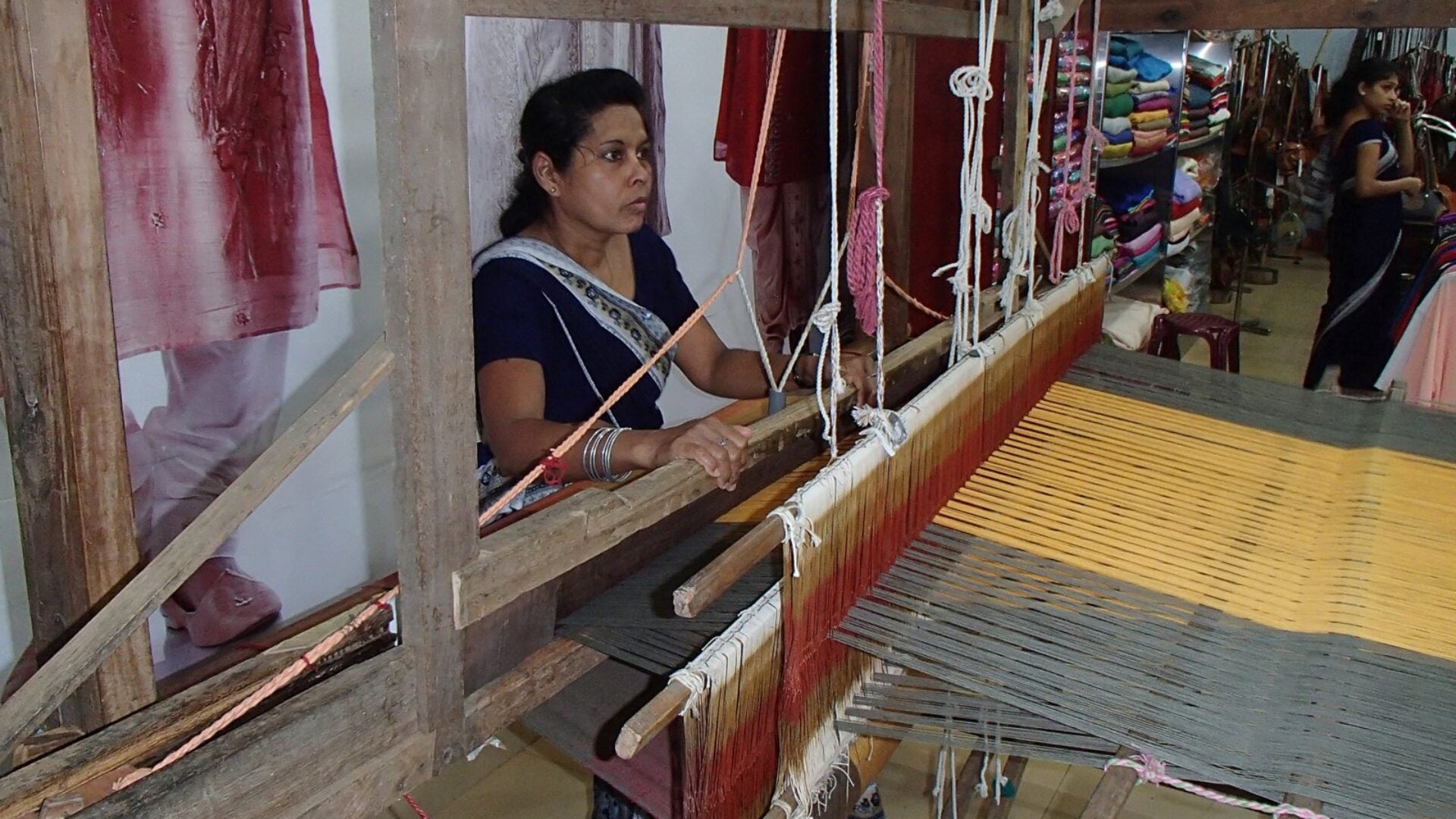Women’s Economic Participation in Conflict-Affected and Fragile Settings

Globally, women continue to face significant cultural, institutional, and structural barriers to meaningful economic participation. These challenges are intensified for women living in or coming from countries embroiled in conflict. Yet, we know that women’s economic empowerment strengthens women’s rights and grants them increased control over their own lives, allows them to better provide for their families, and contributes to the advancement of their communities and societies. When women are empowered economically, they are safer and less likely to fall victim to domestic violence and sexually transmitted diseases, their children are more likely to go to school and stay in school longer, their daughters marry at later ages, their families are healthier, more sustainable, and more stable. As research clearly shows, women’s increased participation in the economy confers universal benefits. However, failure to analyze and understand how women uniquely contribute to the political, social, and economic environment hampers these societies’ abilities to codify viable peace and promote lasting prosperity.
The inaugural volume of the Institute’s Occasional Paper Series reflect the Institute’s recent thematic workshop on women’s economic participation in post-conflict and fragile settings held at Georgetown University in December 2015. As part of Bridging Theory and Practice, this recent symposium brought together leading practitioners and academics to problematize the varied ways women’s full economic participation in fragile settings can and does contribute to more viable peace and lasting prosperity, as well as the myriad political, cultural, and structural barriers that hamper the realization of women’s agency in such contexts. At the conference, practitioners and scholars compared cases from across the globe, gained valuable insights from successful approaches, and uncovered lessons on how to overcome remaining barriers. Presenters covered a range of issues within the field, from gendered resiliency programming during humanitarian crises to the security and developmental implications of women’s land tenure, from the economic status of Syrian refugee women to protecting spaces for women’s economic participation in post-conflict settings. There was also significant discussion on the data that is missing and still needed, particularly surrounding women’s economic participation in conflict-affected areas, how that research can be pursued in the future, and how integral these missing pieces are to fully understanding the economic challenges that women face during conflict, as well as the opportunities that arise out of these difficult times.
While it would be impossible to detail the entirety of the thought-provoking discussions that occurred, this volume attempts to share some of the ideas outlined in that symposium. In the following pages, Ann Hudock identifies the key spaces women need safeguarded in fragile contexts if they are to unleash their economic potential. Subsequently, Karen Sherman and Sarah Williamson dive deeply into case studies on South Sudanese women and Syrian refugee women, respectively. Sherman elucidates the obstacles South Sudanese women face in achieving any semblance of economic stability, the methods they employ to overcome such obstacles, and the perils of not facilitating women’s full economic participation in this fragile setting. Williamson unpacks detailed data surrounding the limited employment and economic opportunities Syrian women enjoy both in Syria and across the larger Middle East and North Africa region as refugees. In doing so, she not only unveils the coping mechanisms families in crisis must deploy to meet the challenges of living in protracted crisis and how those mechanisms uniquely and adversely impact women and girls, but she also paints a way forward. Each article provides a rich and nuanced story of how women participate in the economies of war-torn and fragile states.
In the end, we hope this volume gives policy makers, practitioners, and academics a unique understanding of and head start in the continued work to implement successful programming to economically empower women in post-conflict and fragile settings.
Explore More

Women, Peace, and Security Shadow Report to Congress: What Was Built, What…

WPS Index 2025/26
